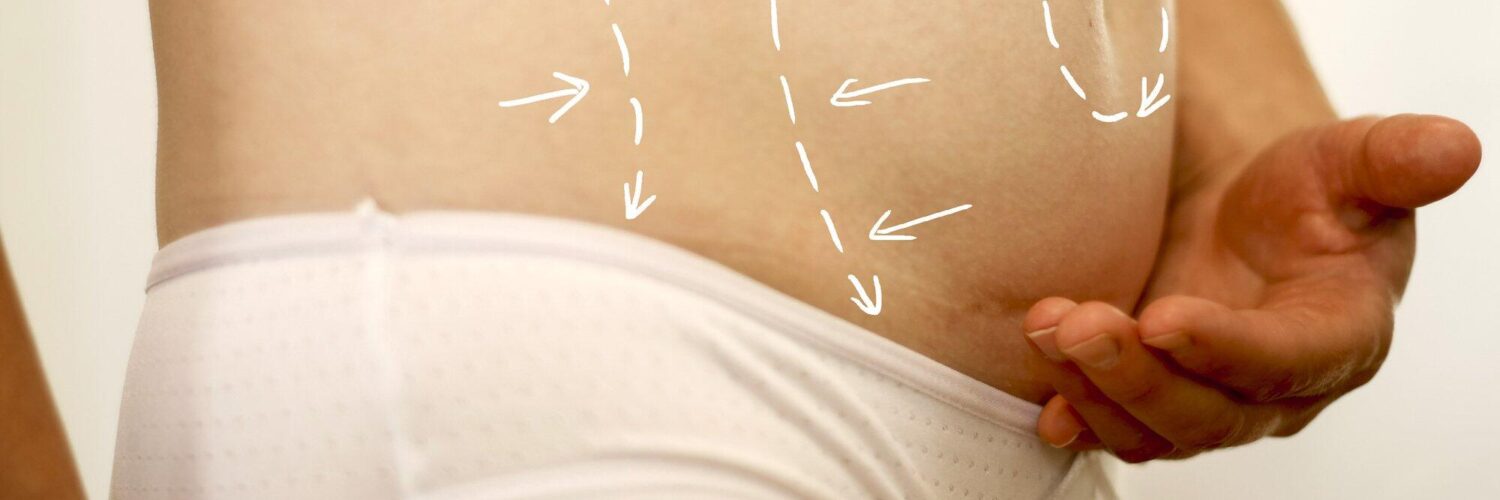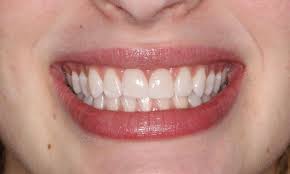Achieving a toned and lean abdomen is a goal for many individuals. They seek to enhance their body image and confidence when traditional diets and exercise don’t quite deliver the results they’re after.
But what happens after you go under the knife? Understanding the recovery process of tummy tuck with liposuction is crucial for managing expectations. This article has the insights to prepare for the healing journey ahead.
Read on to learn more.
Navigating the First Days: Pain and Rest
The immediate post-surgery period is usually the most intense pain and discomfort. Your abdomen will likely feel tender and swollen. You may have drainage tubes to manage fluid buildup.
Your surgeon will prescribe pain medication to help you through this initial phase. Resting and avoiding strenuous activities is critical to allow your body to heal.
Managing Your Discomfort
Discomfort is an expected part of the liposuction recovery process. Your surgeon’s team will work with you to create a personalized pain management plan. This may include:
- prescription pain relievers
- over-the-counter medications
- non-pharmacological methods
Watching for Infections
Proper wound care and hygiene are crucial to prevent infections and promote healing. Your surgeon will show you how to clean and care for your incisions. You must follow a strict regimen to clean and dry the surgical area.
While redness, swelling, and mild discomfort are common after surgery, it’s essential to be vigilant for signs of infection, such as increased pain, foul-smelling excretion, or a fever. Contact your surgeon immediately if you notice any of these warning signs.
Swelling and Bruising: Common and Temporary Side Effects
Swelling and bruising are to be expected after a tummy tuck with liposuction. They’re your body’s natural response to the trauma of surgery and the physical changes made. These side effects can take several weeks to subside, but there are steps you can take to manage them.
Your liposuction provider may provide a compression garment to wear over your abdomen. This garment helps reduce swelling, promote blood circulation, and support the healing tissues. It’s essential to wear your compression garment as directed to achieve the best possible results.
Diet and Nutrition
Maintaining a healthy diet is crucial during the recovery period. Proper nutrition supports healing, boosts your energy levels, and can even influence the quality of your results. Eating a balanced diet can help manage your weight and maintain the benefits of your tummy tuck over the long term.
Foods rich in vitamins, minerals, and protein will aid in the recovery of your tissues and skin. Lean proteins, whole grains, fruits, and vegetables should be the mainstays of your diet. Staying hydrated is also essential, supporting the body’s healing processes.
Embracing the Results
Finally, we’ll explore the exciting part of your tummy tuck journey: the results. Your abdomen will look different due to swelling and bruising.
You’ll begin to notice a flatter and more contoured stomach. Maintaining realistic expectations is crucial for your satisfaction with the procedure.
Understanding the Recovery Process of Tummy Tuck With Liposuction
Undergoing a tummy tuck with liposuction is a significant decision that requires careful consideration and planning. Understanding the recovery process is essential for managing expectations and ensuring you are prepared for each step.
By following your surgeon’s guidance and taking an active role in your recovery, you’ll be well on your way to a firmer, flatter tummy and the enhanced confidence that comes with it.
For more helpful tips, check out the rest of our site today!






Add comment